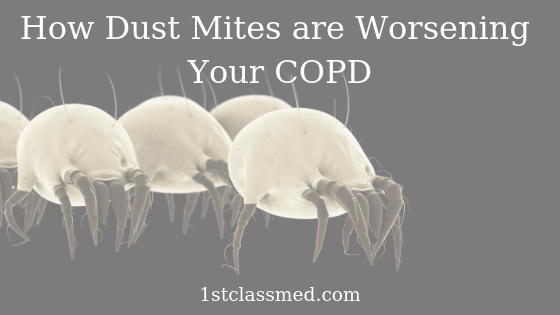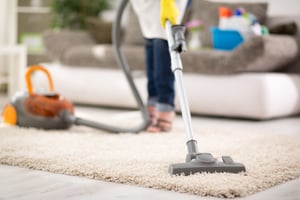How to Prevent Dust Mites
Dust mites are found naturally in nearly every home, but there are ways to minimize the amount of dust mites in your home.
Unlike humans, dust mites do not need to drink water they simply absorb it, so without humidity they cannot survive.
By using a dehumidifier and removing as much moisture from your home, you can prevent your home from being comfortable for the mites.
Dust mites also love living in your bed as it is a haven for all of your dead skin cells (which they eat).
It is important to clean the bedroom every week, by washing the sheets and pillows in hot water and use a hot setting to dry them, vacuuming the carpets can also help remove them from your bedroom.
When cleaning, make sure to wear a mask and keep a window open in order to minimize how many dust particles you breathe in while cleaning.
If you are unable to wash your sheets and pillows every week, try to put them in the dryer on hot at least once a week to kill off any dust mites and remove dead skin.
Try to also vacuum the mattress, box spring and carpets under the bed, as dust mites may reside in any of these locations.
To lower the amount of dust mites getting into your pillows and mattresses, get dust covers for your pillows and mattress.
Using high-efficiency particulate air (HEPA) filter and replacing them as needed can help reduce the amount of dust mites in your home.
 Smaller preventative methods include using a damp rag to wipe down dusty surfaces, try to use synthetic materials for bedding and replace carpet with bare floors if possible.
Smaller preventative methods include using a damp rag to wipe down dusty surfaces, try to use synthetic materials for bedding and replace carpet with bare floors if possible.
You can also contact bug experts near you and discuss what more you can do for your home based off of your location and climate.
Conclusion
Dust mites live in areas that have enough moisture in the air and have dust.
Though you cannot see them, it is likely that there are dust mites in your home.
This should not alarm you, as they cannot cause you any serious physical harm, but they can trigger allergies or asthma.
In order to prevent them from living in your home, make sure to vacuum around and on the bed often, as well as wash sheets once a week.
Even if you cannot wash your sheets, throwing them in the dryer on high heat can help kill off any dust mites and sanitize your sheets and pillows.
If you are concerned about dust mites and allergies, speak with your doctor to get tested and reach out to a local exterminator to discuss what you can do at home.





